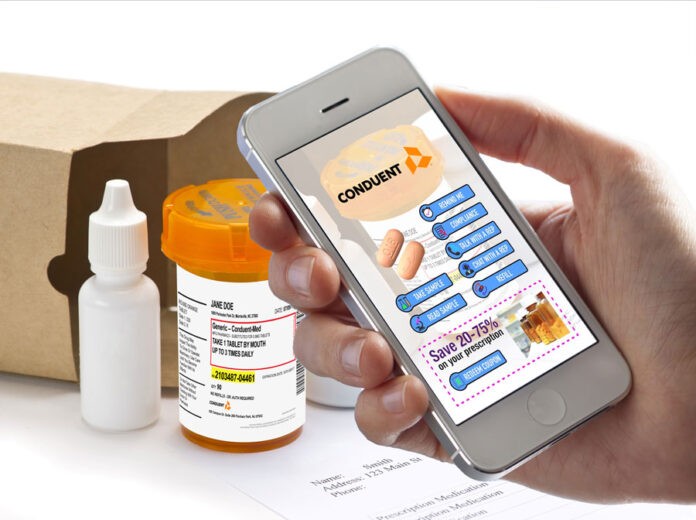
In the current pandemic scenario, there are challenges and opportunities for brand owners and converters, and advancements in label printing technologies, finishing systems, and label innovations can be the key to success. Keeping this in mind, Packplus organized a webinar titled ‘Labels – Connecting Consumer Aspirations’ on 24 July 2020.
Changes in consumer preferences
Changes in consumer behavior are shaping the way packaging and labeling is evolving today. Reetika Prashar of Procter & Gamble health gave live examples of companies that grabbed the chance to convert the crisis into opportunities. She gave examples of Bajaj Consumer Products, which launched a sanitizer using its existing product lines and Amul tapping the opportunity of hygienic prasad at temples by launching Panch Amrit.
She observed the shift in consumer decision-making from value-led to trust-led decisions and a change in consumer behavior from offline to online. An instance of accidental removal of barcoding on a pack by the sanitizer on her hands, compelled her to remind the audience of the need to focus more on the label’s functional aspects.
Emerging technologies
During this pandemic, one of the biggest challenges is building the right level of trust with the consumer. Packaging being the first real interaction of the product with the consumer, it can translate product attributes and the brand value.
According to Gagan Deep of the Himalaya Drug Company, the biggest challenge for packaging professionals is to bring all elements into the packaging design — communicate the brand proposition properly, brand benefits, communicate with purpose, and sustainability credentials that the brand is pursuing.
“Many brands exploit technologies like augmented reality to better communicate with the consumer through the label,” he explained. “With the help of digital printing, we can now print labels specific to the customer and build brand loyalty by showing that we care for the consumer.”
Challenges or opportunities
Amit Saurkar of MTR Foods said that in Covid times, the product experience is missing while there is a change in the procurement and order styles. “The consumer focus is on hygiene and no-touch shopping. In the coming days, we will see bulk purchases of staples and fewer store visits,” he suggested.
According to him, we need to learn, unlearn, and relearn the conventional ways of working at this time. Seeing personalization taking center stage for brand loyalty, he said, “Many brands are opting for QSR chains to penetrate deeper into the market with more new product trials.”
Label design for label life cycle
Jikul Purohit of Unilever spoke of the sustainability initiatives taken by the company while designing a label. There is a need to focus on the recycling behavior of the materials used for packaging or labeling. “When I design my label, I take care of four important R’s – Reduce, Recycle, Reuse, and Responsibly sourced.” Purohit presented a case study on love, beauty, and the planet – Unilever’s personal care brand.
Digital printing improves aesthetic appeal and enhances consumer engagement. Umesh Kagade of HP India expressed his thoughts on consumer engagement and sustainability. According to him, from a consumer engagement perspective, personalization can take off. “Although sustainability has taken a back seat, for now, digital printing plays a big role in sustainability as it helps to save a lot by printing what is really required.”
Trust is ahead of value
“For a consumer, trust is ahead of value,” stated Ranesh Bajaj of Vinsak India. As we move away from the store shelves to the eCommerce sites, functionality is gaining more importance over aesthetics. “There is a need to design a functionally effective and sustainable packaging, as sustainability will be there for many generations to come.” He said there is a need to make consumers aware of recyclability. Incentivization initiatives can motivate consumers to contribute to recycling streams proactively.
Puneet Duggal of Kap Group stated that the Coronavirus had increased the demand for packaging. “The customer wants the packaging to be tamper-evident, as it gives him the satisfaction that the pack has been packed in the factory and has not been tampered on the way.”
Denver Annunciation of Janus International highlighted the need to pivot fast with 1/10 of the workforce and deliver on time. He said that when end-of-line inkjet nozzles dried up and jammed in the lockdown, the unique capability digital printing allowed him to incorporate the end-of-line statutory variable information in the printed labels themselves. Digital printing of labels with less workforce and increased flexibility and security has been vital to keeping the supply chain of food, pharma, and other products running during the evolving return to the new normal.
Key takeaways
Label design plays a critical role in exploiting the believability factor and bring in the consumer confidence factor. There is a need to focus more on the functional aspect of the package. Traceability and authenticity are coming into the picture as the customer today wants to explore more about the product and to connect with the brand directly. Trust scores ahead of value.








